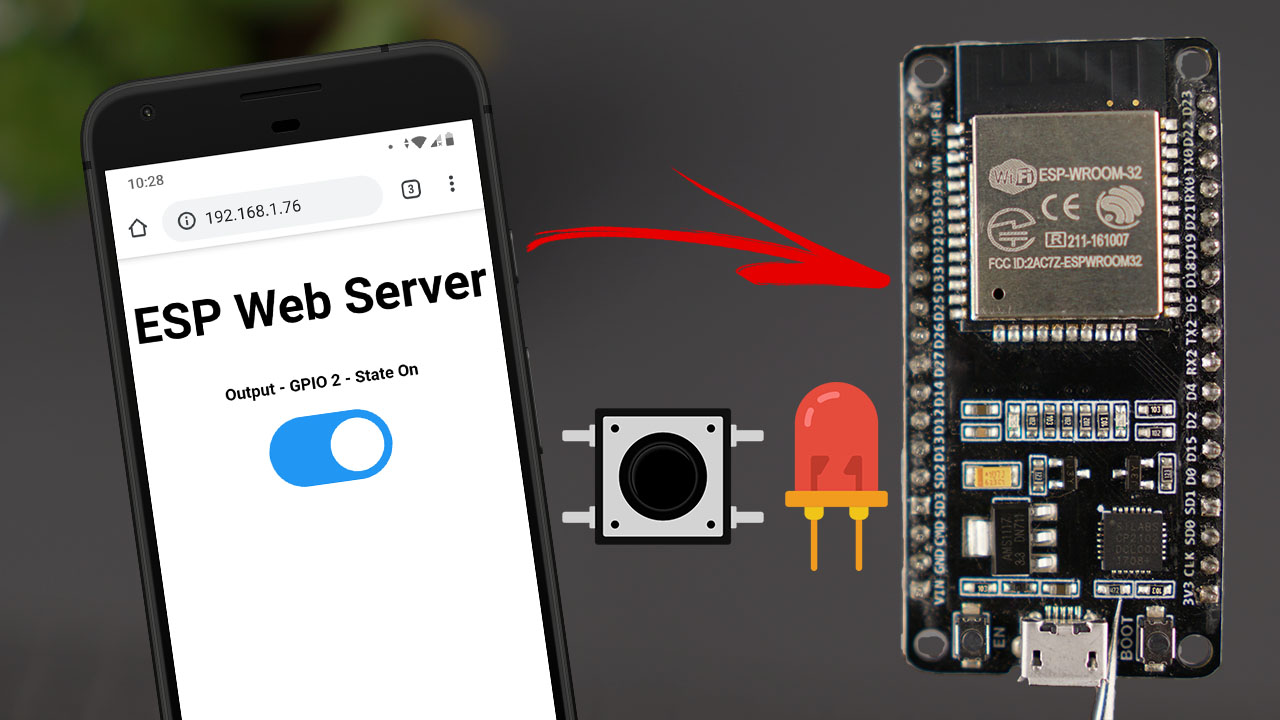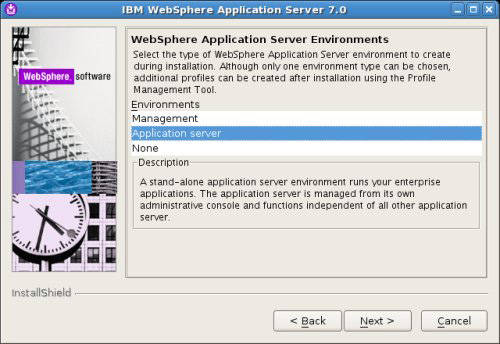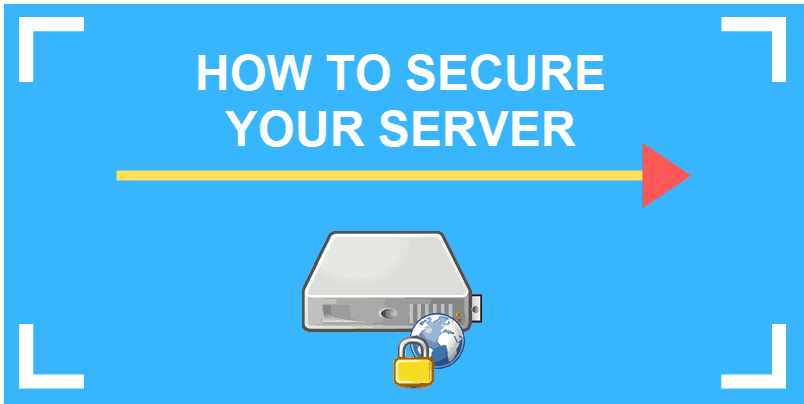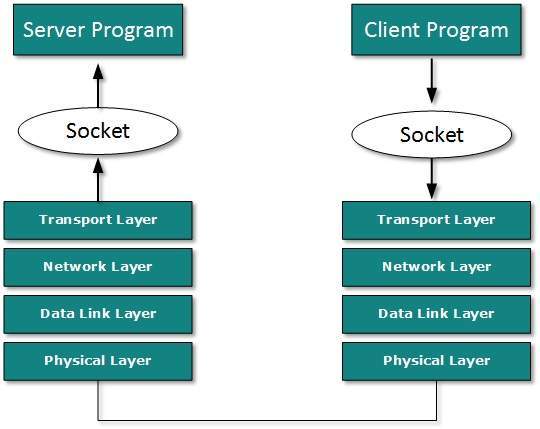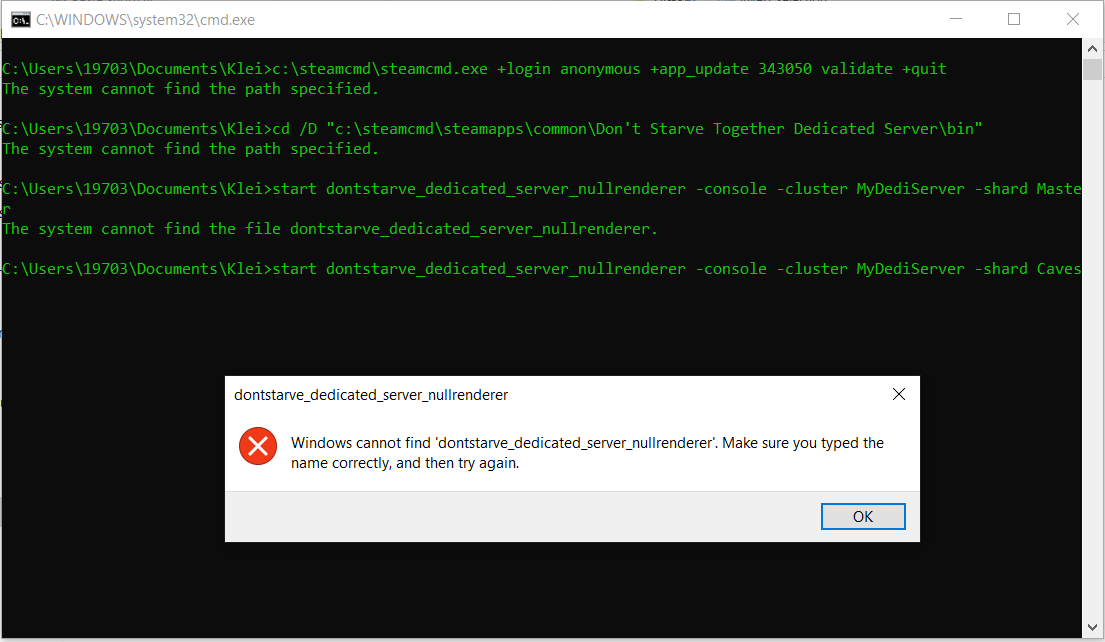Web Server Tutorials
Using a web server is critical to the success of your website. Understanding its capabilities and limitations is crucial to the success of your website. The operation of a web server does not simply involve serving network packets. In the early days, the web server served simple HTML documents and images. Modern web servers support a variety of different protocols, including HTTP, HTTPS, and IIS. For more information on web servers, check out the following web server tutorials.
Configuring a web server in Python
To create an HTTP server, Python has a built-in module called SimpleHTTPServer. This module provides the standard GET and HEAD request handlers for HTTP requests. The web server is a great way to test local static files. To create a dynamic web server, you will need to install Python web frameworks. Here are some instructions for creating a web server in Python. You can run the command below to start your new server.
The server configuration root specifies the highest folder in the file tree for which configuration is needed. The easiest way to specify this is to use the document root, but you can use other folders as well. Remember that the URL address must match the path you specify in the configuration root. HTTP and HTTPS protocols are supported by default. Once you’re done, you’re ready to start writing your web application. If you want to share a URL with others, you’ll need to install a web server with HTTPS support.
Configuring a web server in PHP
If you are a newbie to configuring a web server in PHP, you will need to install some basic software first. Most of the requirements will be pre-installed on your system. However, if you are not familiar with Linux, you can find guides for configuring your local server on Ubuntu. The LAMP stack is the most widely used and is a combination of PHP, Apache, and MySQL that bundles all the software needed to run a web server.
The PHP built-in web server can only be used within a private network, so it is not recommended to use it on a public network. You can also install a third-party application server. These web servers usually come with built-in security measures that protect against attack. The following are some other considerations when configuring a web server in PHP. You should first make sure that your host will allow PHP scripts on the network.
Configuring a web server in MySQL
To configure a MySQL web server, first stop and restart the server. Then, add the server’s hostname into the Host field. Check all the DDL and read/write rights check boxes and enable SSL encryption. In some cases, a firewall may block a port. Now, the web server should be ready to serve your webpages. You can skip this step if your web server is running nginx.
You can configure MySQL’s port settings by choosing the corresponding options on the Type and Networking tab. The Port setting will determine the port the database server will listen on. By default, it will use 3306. If you want to use another port number, check the Show Advanced and Logging Options box. You can also define a unique server identifier, and set the case of table names. Once you’re done, hit OK to save your changes.

